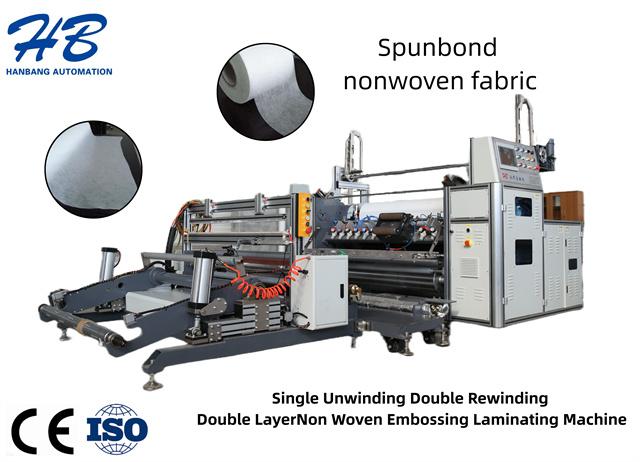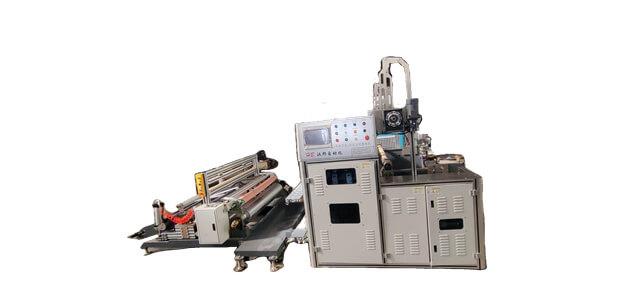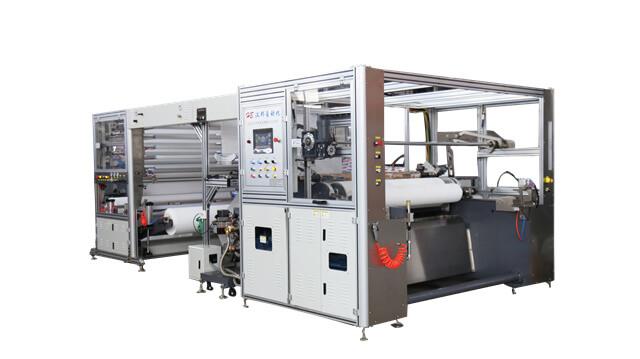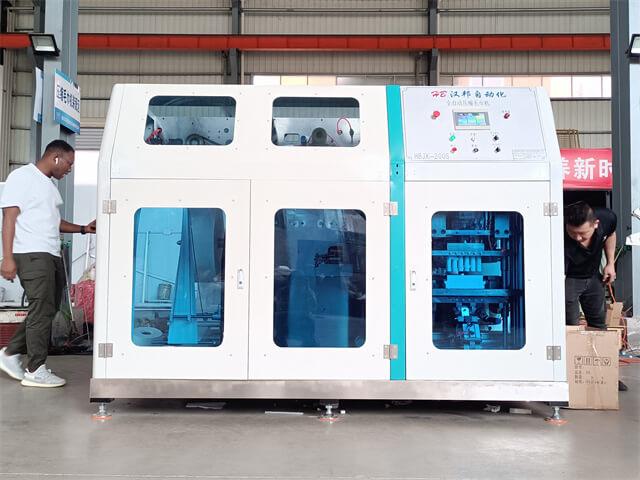Author:HB Nonwoven MachineryFROM:Compressed Towel Machine Manufacturer TIME:2023-12-12
Mastering the Operation of Non Woven Fabric Lamination Machine
The non woven fabric lamination machine is an essential tool in the production of items such as diapers and sanitary napkins. This machine combines multiple layers of non woven fabric together to increase strength, improve comfort, and enhance performance. Mastering the operation of this machine is crucial for ensuring the quality and efficiency of the final products. In this article, we will explore the key aspects of operating a non woven fabric lamination machine.
Before operating the non woven fabric lamination machine, it is important to ensure proper setup. This includes checking that all components are securely in place, adjusting the tension settings, and confirming that the required materials are readily available. Additionally, operators should familiarize themselves with the machine's control panel and understand its various functions.
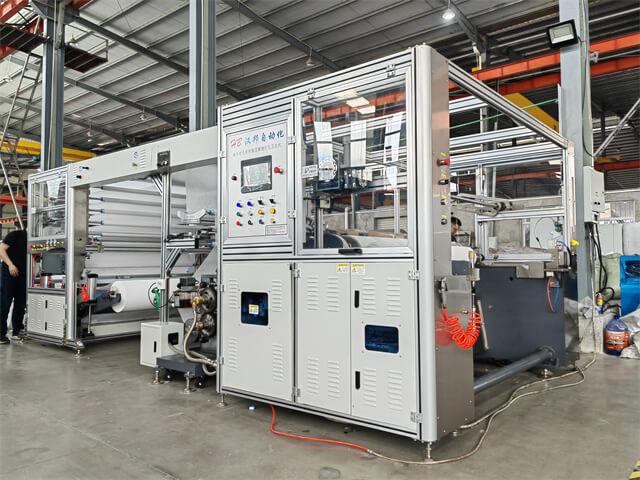
Preparing the materials for lamination is a critical step in the operation. Operators must accurately measure and cut the non woven fabric to the required dimensions. It is essential to handle the materials with care to avoid any damage or contamination. Additionally, operators should ensure that the materials are free from moisture and other impurities before proceeding with lamination.
Proper temperature and pressure control are key factors that influence the quality of laminated non woven fabric. The machine's control panel allows operators to adjust these parameters based on the specific requirements of the material being laminated. It is essential to maintain consistent and precise temperature and pressure
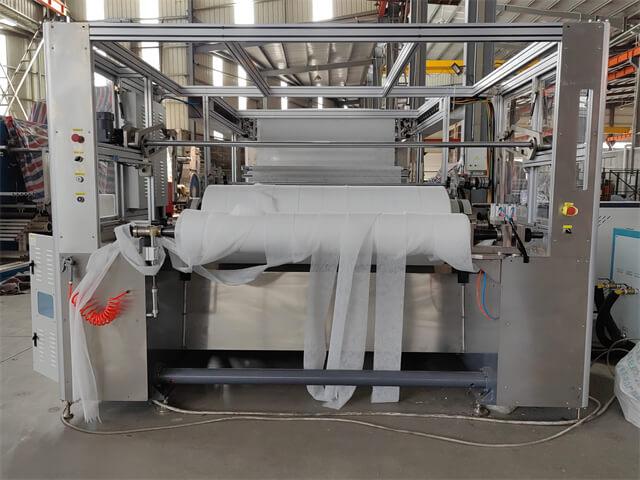
In the lamination process, adhesive is applied between the layers of non woven fabric to bond them together. Operators must ensure the correct amount of adhesive is applied evenly across the entire surface area. Improper application can result in weak bonds or uneven lamination, affecting the product's integrity and performance.
The speed and feed rate at which the non woven fabric is fed through the machine play a crucial role in the lamination process. Operators must find the optimal balance between speed and feed to maintain consistent pressure and prevent any material distortions or defects. Monitoring the machine's operation and making necessary adjustments is essential to achieve desired results.
Regular maintenance of the non woven fabric lamination machine is vital to ensure its proper functioning. This includes cleaning the machine, inspecting and r
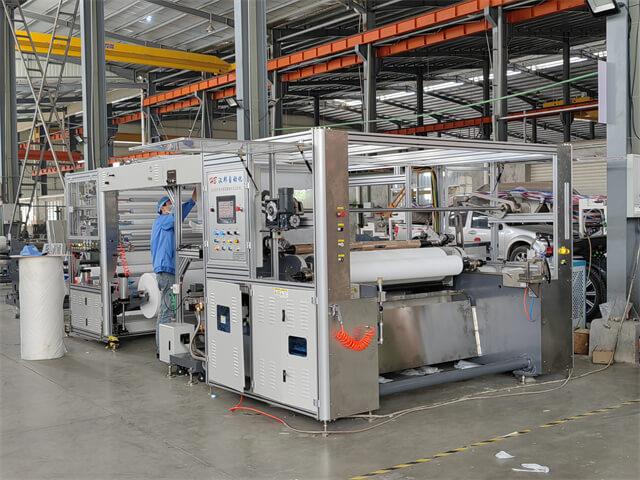
Quality control is an integral part of operating a non woven fabric lamination machine. Operators should regularly inspect the laminated materials for any defects, such as uneven bonding or air bubbles. Any discrepancies should be promptly addressed to maintain the high standards of the final products.
Lastly, ensuring the safety of operators and maintaining a safe working environment is of utmost importance. Operators should receive proper training on using the non woven fabric lamination machine and follow all safety protocols. This includes wearing appropriate protective gear, handling sharp tools with caution, and being aware of emergency procedures.
Mastering the operation of a non woven fabric lamination machine is essential for producing high-quality diapers and sanitary napkins. By following proper machine setup, material preparation, temperature and pressure control, adhesive application, speed and feed control, maintenance and troubleshooting, quality control, and safety measures, operators can ensure efficient and reliable production processes. Continuous learning and improvement in operating this machine will contribute to the success of the non woven fabric lamination industry.
